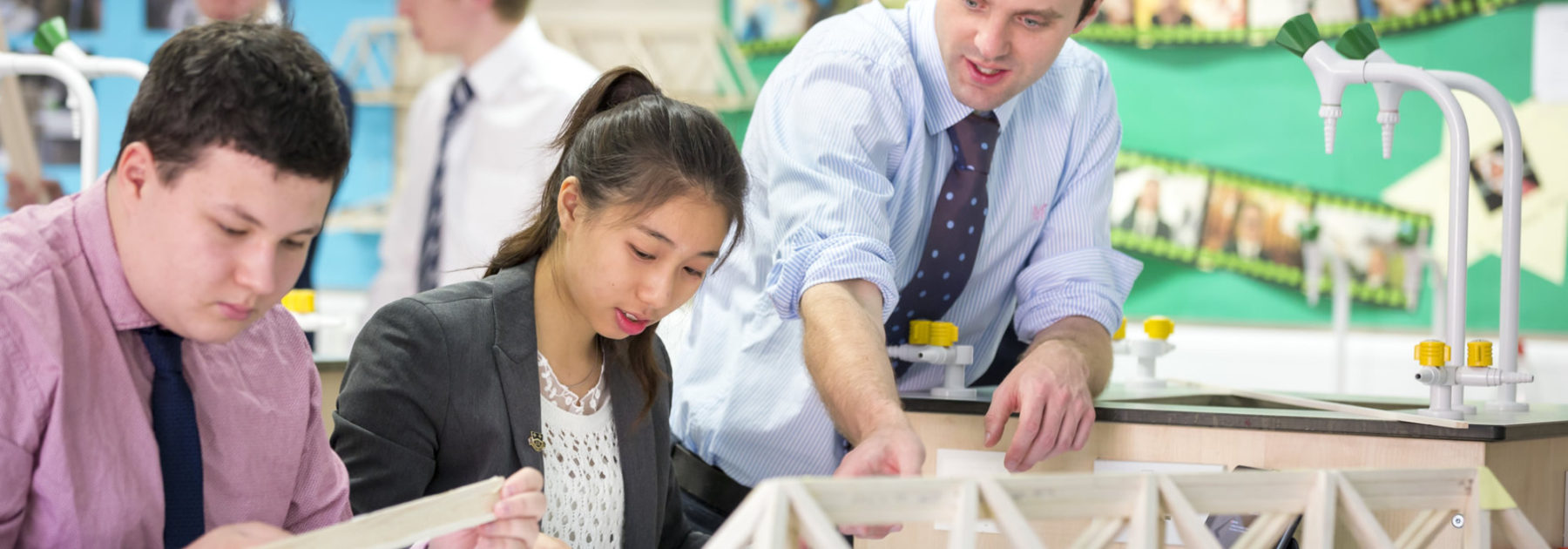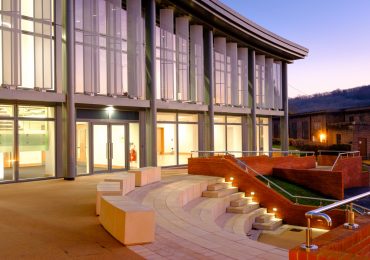DT Product Design A Level
CLICK HERE TO RETURN TO SIXTH FORM OPEN EVENING SUBJECT INFO MASTER PAGE
Design & Technology: Product Design
A Level Exam Board: OCR
AS Level Exam Board: OCR
Entrance requirements:
We would expect all students to have achieved at least a grade 7 in GCSE 3D or DT. It may be possible for some Art and Design GCSE students to take up Product Design; in these instances, students will need to present a portfolio of work (further information on this is available from Mr Taylor, Head of Design & Technology) as well as achieving a 7 in their Art and Design GCSE.
Career opportunities:
Product Design is a fantastic subject if you are interested in university courses, such as Architecture, Automobile Design, 3D Design, Engineering, Furniture Design, Jewellery, Industrial design, Product Design and other related areas, as well as for entry to a Foundation Course in Art & Design (a diagnostic course and a prerequisite of most BA degree courses in Art & Design subjects).
The emphasis of the course will be on developing skills, experience and technical knowledge, while exploring design projects, the end results being full-size products or scale models with working prototypes produced wherever possible. The Product Design course will open up the world of design to its students in a way that is rarely seen in a school environment. The experience of exploring ideas, working creatively, thinking laterally and producing successful outcomes will stand you in good stead within many walks of life.
Structure of course:
The A Level course involves both practical and design work supported by material, manufacture, critical and historical theory. Product Design is primarily concerned with solving problems and designing to meet a need in a functional and aesthetic manner. Students of Product Design work regularly in the studios and workshops, developing their personal ideas through a variety of media and processes. Students also look at related work by artists, designers, and architects as well as associated subject theory and wider influences upon design.
Opportunities to visit galleries, museums, factories, design shows and workshops occur during the course and feed directly back into students’ work.
The D&T department offers creative spaces to design, make and test their ideas in a range of equipment including:
- Technical and artistic-based drawing (a wide range of media and equipment)
- CAD/CAM (including 3D printing, routing, laser cutting and vinyl cutting)
- Specialist workshops for wood, metals, ceramics, polymers and digital technology
- Equipment includes lathes, band saws, pillar drills, sanders, bag press, planers, TIG and MIG welders, gas cutting and brazing, forging and forming.
- High quality model making and presentation skills
- Computer modelling with Autodesk ‘Inventor and Fusion’
Assessment:
At A Level, students will complete two forms of assessment, a written exam (worth 50% of the total) and a substantial ‘Design and Make’ project known as the NEA, Non Examined Assessment, also worth 50%.
Component 1 & 2 (written exam)
Paper 1 (1½ hours) covers the technical principles of the subject, such as materials and manufacturing and understanding of wider social, moral and environmental issues which impact upon design.
Paper 2 (1¾ hours) is comprised of a series of longer answer questions that require students to demonstrate their problem solving and critical evaluation skills.
Component 3 – NEA – completed within 65 hours of lesson time. Students will undertake the ‘Iterative Design Project’ which requires students to design, make and evaluate a project centred on a context of their own choice. Using the skills developed over GCSE and the A Level course, students will create a portfolio of evidence and final product in real time to demonstrate their competence. The portfolio of design work is based on an idea, issue, concept or theme leading to a finished outcome or a series of related finished outcomes.
AS Level:
All Lower Sixth students will work on the same course structure in the first term. Assessment is comprised of a written exam (1¾ hours; 50% of the total) including technical principles and problem solving and the NEA, a substantial ‘Design and Make’ project (45 hours; 50% of the total).




